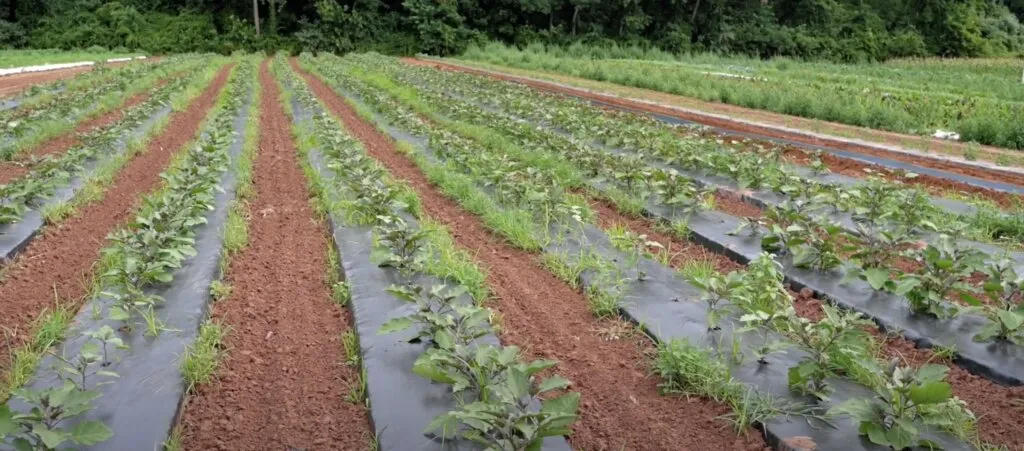In the ever-evolving landscape of precision agriculture, a groundbreaking study led by Abdul Aziz from IPB University is set to revolutionize how farmers monitor and manage their crops. The research, published in the Jurnal Nasional Pendidikan Teknik Informatika (JANAPATI), which translates to the National Journal of Informatics Education, focuses on detecting holes in plastic mulch using a combination of template matching and machine learning algorithms. This innovation could significantly enhance agricultural efficiency and productivity, offering substantial commercial impacts for the energy sector and beyond.
Plastic mulch is a common practice in modern agriculture, used to maintain soil moisture, regulate temperature, and suppress weed growth. However, the process of making holes in the mulch for planting can be labor-intensive and imprecise. “Precision agriculture is crucial because it can lead to savings in input financing, labor, and better yields,” explains Abdul Aziz. His research aims to address these challenges by leveraging advanced technologies to monitor each plant based on the mulch holes, ultimately estimating crop production more accurately.
The study combines the Template Matching Algorithm with three machine learning algorithms: Random Forest, Support Vector Machine (SVM), and XGBoost. The data used for this research is derived from orthophoto mosaics taken by Unmanned Aerial Vehicles (UAVs). Nine areas were selected from these orthophotos to serve as research samples. The results were impressive, with the SVM algorithm achieving the highest average recall, precision, and f-measure values. Specifically, the SVM algorithm recorded a recall value of 87.7%, precision of 97.5%, and an f-score of 92.3%.
The implications of this research are far-reaching. By improving the accuracy of hole detection in plastic mulch, farmers can optimize their planting processes, reduce labor costs, and enhance overall crop yields. “This research focuses on reducing detected commission errors,” notes Abdul Aziz. “However, omission errors were still detected in damaged or leaf-covered holes, indicating areas for further improvement.”
The commercial impacts of this technology extend beyond traditional agriculture. In the energy sector, precision agriculture can contribute to more sustainable and efficient practices, reducing the environmental footprint of farming activities. As the global population continues to grow, the demand for food and energy will increase, making innovations like this all the more critical.
Looking ahead, this research could shape future developments in the field of precision agriculture. The integration of machine learning and UAV technology offers a glimpse into a future where farming practices are not only more efficient but also more sustainable. As Abdul Aziz and his team continue to refine their methods, the potential for widespread adoption of these technologies becomes increasingly promising.
In conclusion, the work of Abdul Aziz and his colleagues represents a significant step forward in the field of precision agriculture. By combining advanced algorithms and aerial imaging, they have developed a method that could transform how farmers monitor and manage their crops. As published in the Jurnal Nasional Pendidikan Teknik Informatika (JANAPATI), this research highlights the potential of technology to drive innovation in agriculture and beyond. The journey towards more efficient and sustainable farming practices has just begun, and the future looks bright.

